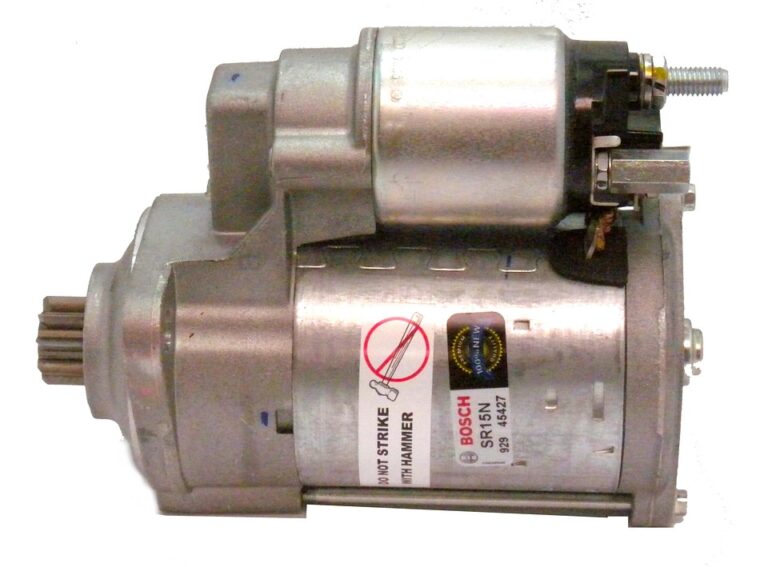DIY Maintenance: When to Replace Spare Parts and How to Do It Yourself
Meta Description: Discover essential tips for replacing automotive spare parts with this DIY guide. Learn when to replace them and how to do it yourself for better car maintenance!
Maintaining your vehicle is crucial for its longevity and performance, but navigating the world of automotive spare parts can seem daunting. Understanding when to replace spare parts and how to handle the replacements yourself can save you time, money, and stress. This guide aims to equip you with the knowledge necessary to keep your car running smoothly and efficiently.
Understanding When to Replace Automotive Spare Parts
Common Signs of Wear and Tear
Knowing when to replace automotive spare parts is key to proactive vehicle maintenance. Here are some common indicators that it’s time for a replacement:
- Noisy operation: Unusual noises from the engine, brakes, or suspension can signal worn components.
- Warning lights: Dashboard indicators can alert you to engine or system issues requiring attention.
- Fluid leaks: Leaking fluids (oil, coolant, brake fluid) often indicate a failing part, such as seals or gaskets.
- Reduced performance: Hesitation during acceleration or a rough idle can point to problems with filters or sensors.
- Physical damage: Inspect your brake pads, tires, and belts for cracking or excessive wear.
Essential Spare Parts to Monitor
Here are some automotive spare parts that commonly require replacement:
- Brakes: Brake pads and rotors wear down over time and should be monitored for thickness.
- Filters: Oil, air, and fuel filters need to be replaced regularly to maintain system efficiency.
- Batteries: Check for corrosion and weak performance, particularly in extreme weather.
- Belts and hoses: Look for cracks, fraying, or brittleness that indicates replacement is necessary.
- Tires: Monitor tread depth and sidewall integrity regularly for safety.
How to Replace Spare Parts Yourself
Basic Tools You Will Need
Before you begin, gather the proper tools to ensure a smooth replacement process:
- Socket set and wrenches
- Screwdrivers (flathead and Phillips)
- Pliers
- Jack and jack stands
- Torque wrench
- Safety gloves and glasses
Step-by-Step Guide to Replacing Common Parts
1. Replacing Brake Pads
- Preparation: Park your car on a level surface and engage the parking brake.
- Wheel removal: Loosen the lug nuts and jack up the car. Once elevated, remove the wheel and set it aside.
- Caliper removal: Remove the caliper bolts, then slide the caliper off the rotor.
- Pad replacement: Remove the old pads and install new ones. Check that the pad’s backing is properly aligned.
- Reassemble: Replace the caliper, ensuring it’s securely bolted, then reattach the wheel.
2. Changing the Oil Filter
- Warm-up: Run your engine for a few minutes to warm the oil, making it easier to drain.
- Drain oil: Place a pan beneath the oil pan’s drain plug, remove the plug, and let the oil flow out.
- Remove filter: Use an oil filter wrench to loosen and remove the old filter.
- Install new filter: Apply a bit of oil to the new filter’s rubber gasket and install it.
- Add oil: Replace the drain plug and refill the engine with fresh oil through the oil fill cap.
3. Replacing Air Filters
- Locate the filter: Check your vehicle’s manual for the air filter location.
- Remove cover: Unscrew or unclamp the air filter cover to access the filter.
- Filter replacement: Take out the old filter and install the new one, ensuring a snug fit.
- Reassemble: Replace the cover and secure it in place.
Safety Tips for DIY Repairs
Always prioritize safety when performing DIY maintenance:
- Ensure the car is parked on a flat surface.
- Use jack stands instead of relying solely on the vehicle’s jack.
- Wear safety goggles and gloves to protect yourself from debris.
- Consult your vehicle’s manual for specific guidelines and torque specifications.
Conclusion
Regular maintenance of automotive spare parts is crucial for optimal vehicle performance. By understanding when to replace these parts and how to perform the replacements yourself, you can extend the life of your vehicle while saving money on repair costs. Whether you are a seasoned mechanic or a car care novice, following these guidelines can empower you to take charge of your vehicle’s well-being. Don’t hesitate to start your DIY maintenance journey today!
For more tips on automotive maintenance and DIY projects, explore our other articles on Buzzo.Live.


